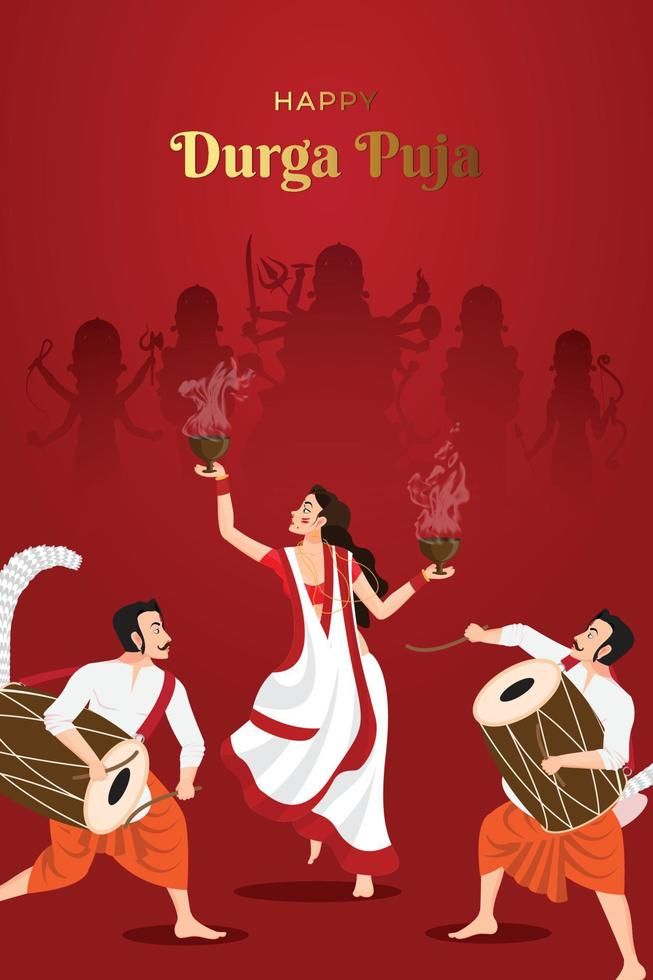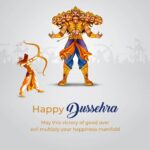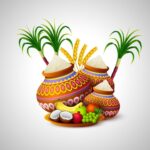Durga Puja: Overview
Durga Puja is one of the grandest Hindu festivals, primarily celebrated in West Bengal, Odisha, Assam, Tripura, Bihar, and parts of eastern India. It honors Goddess Durga, celebrating her victory over the buffalo demon Mahishasura, symbolizing the triumph of good over evil.
Durga Puja usually falls in the Hindu month of Ashwin (September–October) and lasts for five days, culminating on Vijaya Dashami, which marks the goddess’ victory. The festival is a blend of religious devotion, cultural performances, art, music, and social gatherings.
History of Durga Puja
Mythological Origins:
According to Hindu mythology, the demon Mahishasura, gifted with powers, terrorized the heavens and earth.
The gods created Goddess Durga, an embodiment of their collective energy, to defeat him.
After a fierce battle lasting nine days, Durga vanquished Mahishasura, symbolizing the triumph of righteousness.
Historical Significance:
Durga Puja has been celebrated for centuries, historically by royal families and communities in Bengal, as a mark of devotion, prosperity, and social unity.
Over time, it evolved into public celebrations with elaborate pandals and cultural programs.
Significance of Durga Puja
Spiritual Significance:
Represents the victory of good over evil and the power of divine feminine energy (Shakti).
Encourages devotion, moral living, and spiritual awakening.
Cultural Significance:
Preserves traditional art forms, music, dance, and craftsmanship through elaborate decorations, idol-making, and performances.
Provides a platform for community creativity and artistic expression.
Social Significance:
Promotes unity, family bonding, and community engagement.
Strengthens cultural identity and social harmony, bridging generations and communities.
Rituals and Celebrations
Durga Puja is celebrated with elaborate rituals and cultural events over five main days:
1. Mahalaya
Marks the beginning of Durga Puja and the invocation of Goddess Durga.
Devotees listen to Mahishasura Mardini recitations and prepare for the festival.
2. Shashthi
The first day of the main puja, when Goddess Durga is ceremoniously welcomed in beautifully decorated pandals.
3. Saptami
The goddess is worshiped, and rituals like Pran Pratishtha (installing the idol) are performed.
4. Ashtami
The most important day, featuring Kumari Puja, where young girls are worshiped as embodiments of the goddess.
Elaborate prayers, aarti, and cultural performances take place.
5. Navami
Concludes the worship rituals, with continued prayers and offerings to Goddess Durga.
6. Vijaya Dashami
Marks the immersion of Durga idols in rivers or water bodies, symbolizing her return to Mount Kailash.
People bid farewell with processions, music, and cultural events, reflecting joy and devotion.
Festive Foods
Special foods and bhog (offering to the goddess) are prepared and shared, including khichdi, labra, sweets, and traditional Bengali delicacies.
Durga Puja Across India
West Bengal: Celebrated with grand pandals, cultural events, and artistic displays, making it the most famous Durga Puja in India.
Assam & Tripura: Includes community celebrations, traditional music, and folk dances.
Odisha: Focuses on rituals and temple worship, with local cultural performances.
Bihar & Jharkhand: Families and communities organize pandals and rituals, blending local traditions with mainstream practices.
Impact on Daily Life and Society
Cultural Preservation: Encourages traditional art, music, and crafts, promoting cultural heritage.
Community Bonding: Strengthens social ties and family relationships through collective celebration.
Spiritual Renewal: Inspires devotion, moral reflection, and spiritual growth.
Economic Activity: Boosts local economies through pandals, idol-making, crafts, sweets, and festive shopping.
Social Awareness: Promotes unity, charity, and community participation, fostering a sense of belonging.
FAQs about Durga Puja
When is Durga Puja celebrated?
In the Hindu month of Ashwin (September–October), lasting five days, ending on Vijaya Dashami.
Why is Goddess Durga worshiped?
She symbolizes power, courage, and the triumph of good over evil, protecting the world from negativity.
What is Kumari Puja?
Worshiping young girls as manifestations of Goddess Durga, emphasizing purity and divinity.
Why are Durga idols immersed on Vijaya Dashami?
To symbolize the goddess returning to Mount Kailash, completing the cycle of her visit.
What foods are associated with Durga Puja?
Khichdi, labra, sweets, and traditional Bengali dishes, shared as offerings and among family members.
Conclusion
Durga Puja is not just a festival—it is a celebration of faith, art, and community. Through worship, cultural performances, and festive gatherings, it emphasizes the victory of good over evil, the power of feminine energy, and social unity. Across India, Durga Puja fosters spiritual growth, cultural pride, and joyous togetherness, making it one of the most cherished and vibrant festivals in the country.








